On 17 November, the closing ceremony of the Complementary Plan for Biotechnology Applied to Health was held. This plan was coordinated by the Institute for Bioengineering of Catalonia (IBEC). The event brought together institutional representatives, researchers, and key figures from the Spanish biomedical community to celebrate over three years of collaborative efforts to promote personalised and precision medicine in Spain.

For over three years, the Complementary Plan for Biotechnology Applied to Health (PCBAS) has been promoting collaborative research projects, developing scientific and technological infrastructure and initiating knowledge transfer, thereby consolidating new inter-territorial synergies and strengthening public health. The conference provided an opportunity to share achievements, reflect on future challenges, and emphasise the significance of this collaborative strategic commitment.
Juan Cruz Cigudosa, Secretary of State for Science, Innovation and Universities, opened the conference, highlighting the strategic value of the Complementary Plan and its impact on the scientific ecosystem.
The subsequent roundtable discussion brought together institutional representatives from almost all of the participating communities: Jesús M. Salvador (Scientific Advisor to the Secretary of State for Science, Innovation and Universities); Amaia Esquisabel Alegría (Director of Scientific Policy for the Basque Country); Teresa Sanchis Estruch (Director General of Research and Universities for Catalonia); Carmen Cotelo (Director of the Galician Innovation Agency); Rosario Serrano Vargas (Managing Director of the Castile-La Mancha Research and Innovation Agency); Javier de Francisco Morcillo (Secretary General for Science and Innovation for Extremadura); and Loreto del Valle Cebada (Director General of Research Planning for Andalusia).
Overall, the community representatives agreed that the Complementary Plan had boosted collaboration between territories and within each regional ecosystem, strengthening the connection between centres, agents and disciplines. They also emphasised the promotion of talent and the development of new scientific capabilities, whether through the creation of platforms and lines of research or the recruitment of staff. They also emphasised the agility achieved during its development and the strategic value of the PCBAS in generating tangible results that will continue to have an impact beyond the programme itself.
The institutional section concluded with a speech by Núria Montserrat Pulido, the Catalan Minister for Research and Universities, who defined science as ‘anticipation, ambition and soul’. She emphasised the importance of allocating funds to research in advance, and defended ambition and soul as inherent traits of science and scientific culture.
Finally, Montserrat acknowledged the coordinating efforts of the Institute for Bioengineering of Catalonia (IBEC) alongside the other autonomous communities, a collaborative approach that she said has transcended regional boundaries.
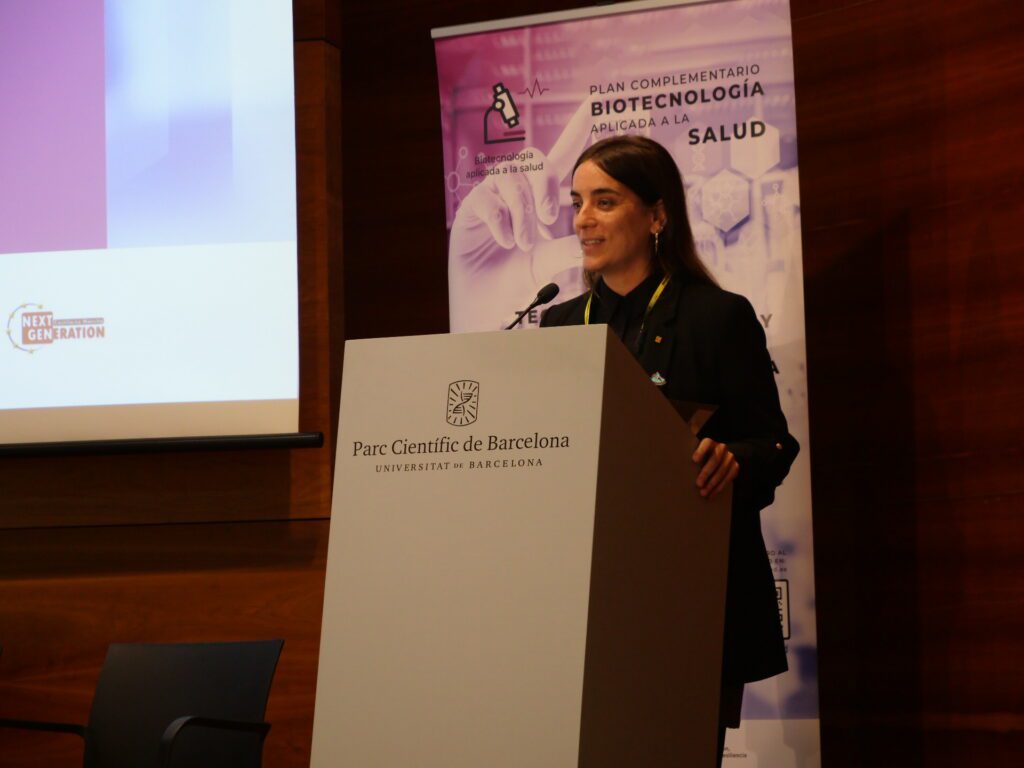
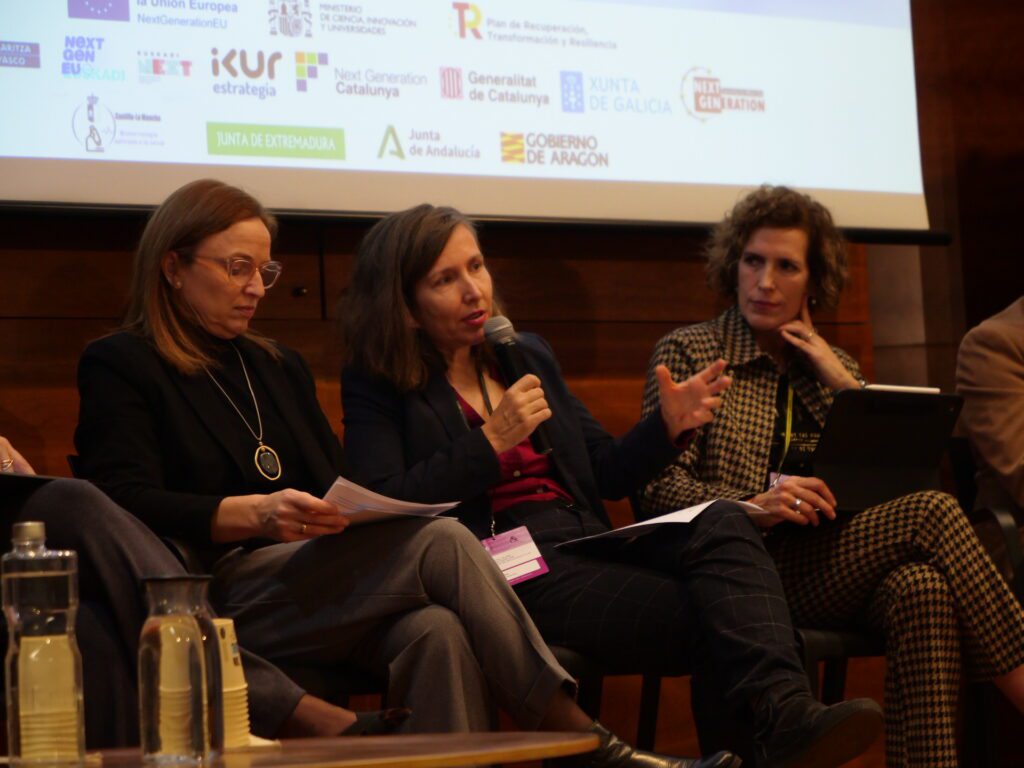
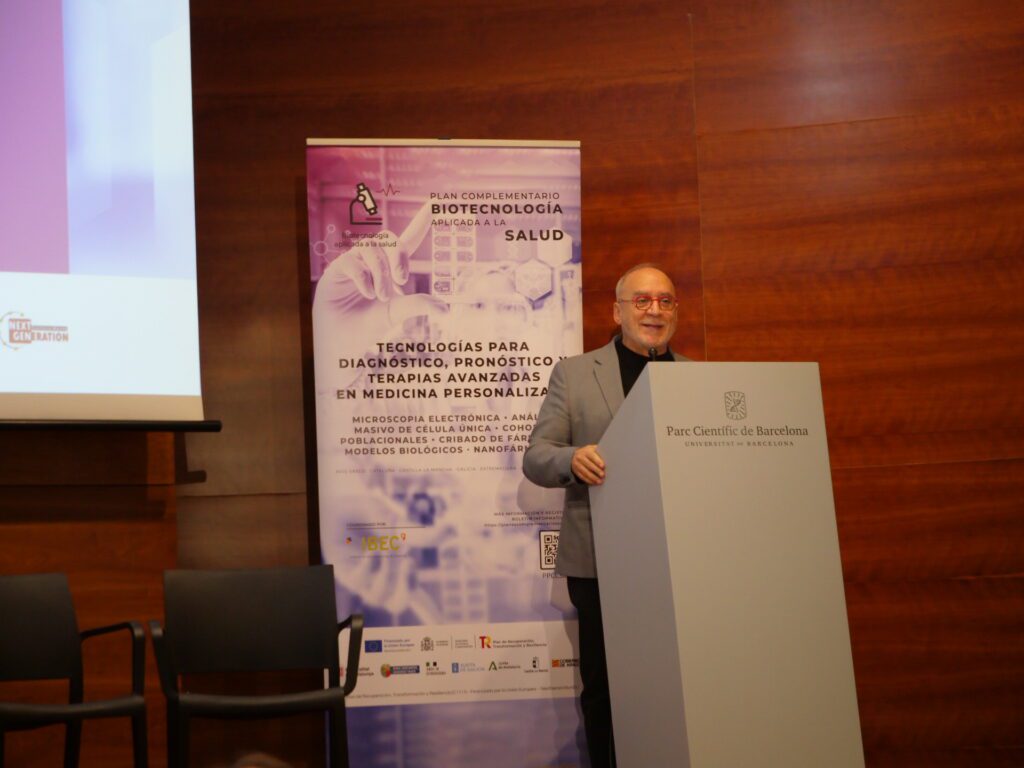
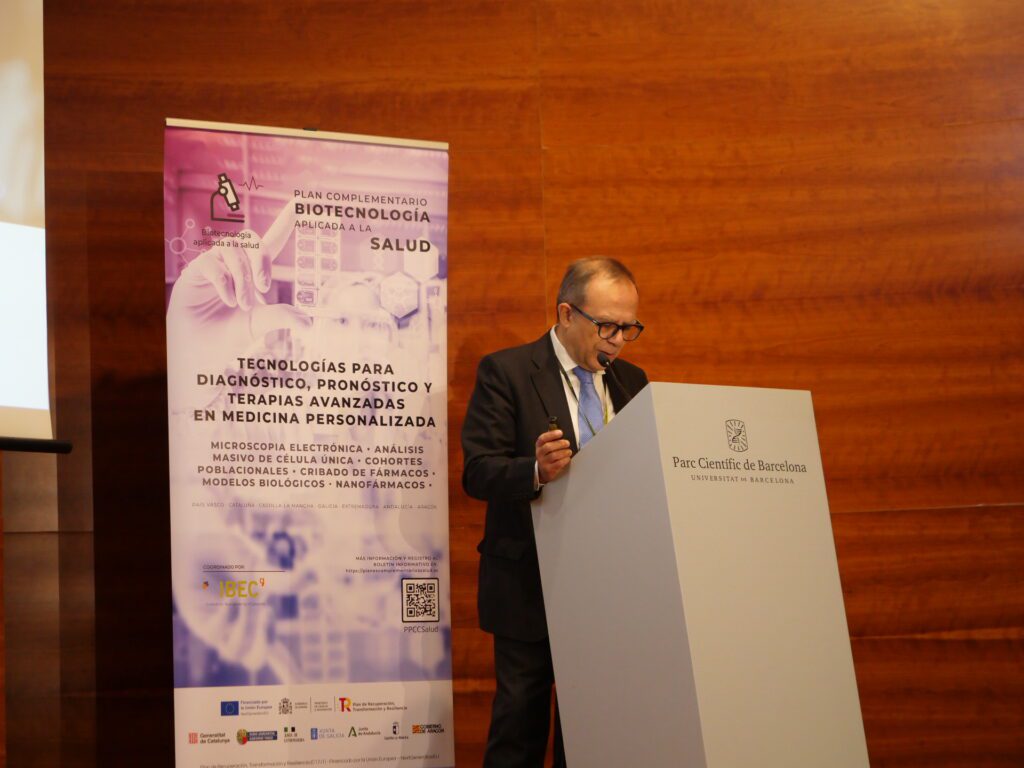
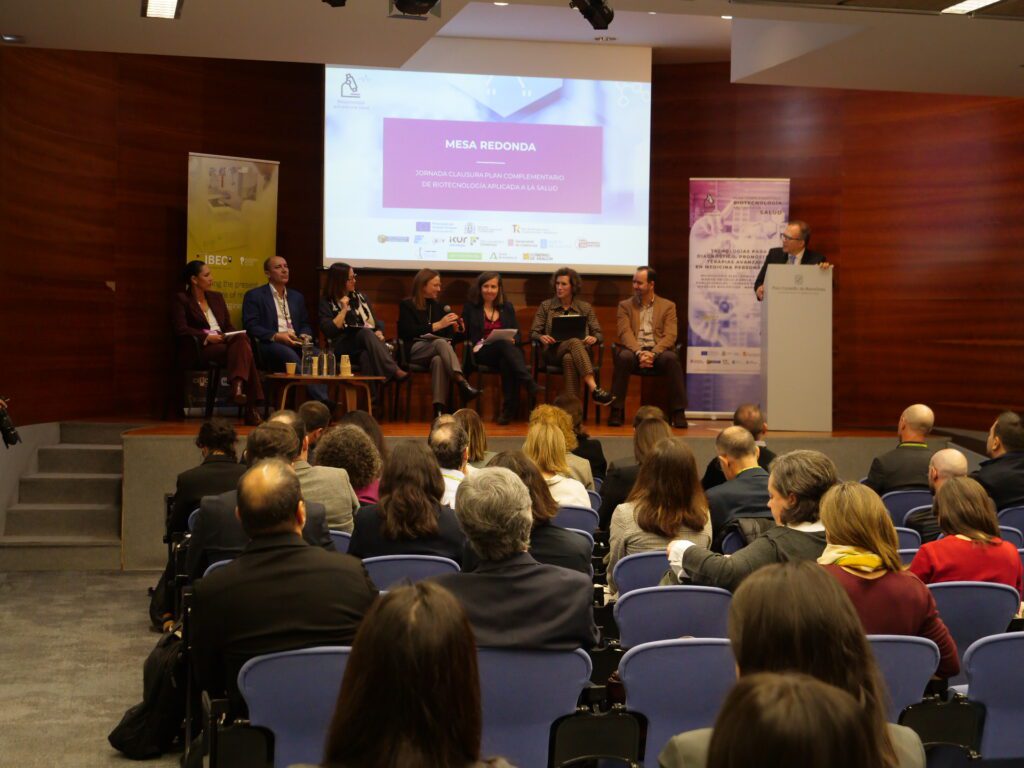
Review of the Plan’s Scientific Milestones
After the coffee break, Josep Samitier Martí, the State Coordinator of the PCBAS and Director of IBEC, provided an overview of the Plan, evaluating the objectives that had been achieved and the scientific advances that had been made during its implementation over the previous three years. He highlighted the collaboration between autonomous communities, research centres, hospitals and universities, which has consolidated an efficient model of knowledge transfer.
He highlighted the 10 technology platforms as a key achievement, noting that they had recorded over 400,000 hours of use by more than 200 researchers from over 70 groups, thereby facilitating access to advanced infrastructure and tools.
Remarkable scientific impact has been achieved through the Plan: over 100 participants have developed 84 projects and initiatives, 45 of which were collaborative between different autonomous communities. This has generated 150 contracts and 206 impactful results, including scientific publications, patents, transfer agreements, spin-offs and licences. Additionally, the efforts in raising visibility and disseminating information were emphasised, with over 300 blog posts, 1,130 LinkedIn followers, 74,200 YouTube views, and participation in 430 scientific events between 2022 and 2025.
The impact and results of projects in different autonomous communities
The section dedicated to the Basque Country was moderated by Óscar Millet, who presented the AKRIBEA project and its key findings. Iban Ubarretxena Belandia discussed the development of the BREM infrastructure, which was created with the support of the Ministry and the Complementary Plan, and is now available to the entire Spanish scientific community. Alain Ibáñez from Opakua presented work focusing on the study of biological versus chronological age.
In Catalonia, Alfonso Valencia emphasised the potential of DATOS-CAT, stating that “connecting multiple cohorts in a federated environment would be a significant asset for the country. This would enable us to create a unique, robust and representative database”. Manel Juan and Hugo Calderón from Hospital Clínic de Barcelona presented the LENTI-UP project, explaining CAR-T therapy and indicating that the next steps are to expand collaborations, improve these therapies, create new solutions, and ensure their safe and economically viable use in patients.
Finally, Susanna Navarro, Giuseppe Battaglia and Pamela Lustig gave flash presentations showing additional advances in their respective lines of research.
Notable projects developed in Galicia include the Spanish Public Chemotherapy Library, presented by Inés Ardao and moderated by Mabel Loza. This initiative consolidates a molecular library for open science, currently comprising 700 chemical compounds.
In Castilla-La Mancha, Valentín Ceña presented the NANO4GLIO project, which focuses on glioblastoma treatment.
In Extremadura, Francisco M. Sánchez Margallo presented the most significant findings from line 6 and emphasised the pivotal role of the Plan in promoting, coordinating and raising the profile of the scientific work undertaken by the team. Juan A. Sánchez Margallo, meanwhile, demonstrated how robotic surgery improves ergonomics and reduces stress thanks to greater stability, 3D vision and reduced fatigue. Finally, Pedro M. Núñez Trujillo presented the use of artificial intelligence for the early detection of breast cancer — a research area made possible by the Complementary Plan.
In Aragon, Delia Recalde presented the implementation and analysis of precision medicine databases. Olga Abián presented the drug screening platform and analysis of drug-target interactions, and Rosario Osta detailed the animal model platform (TAMP) for developing new therapies.
In Andalusia, Mario Delgado emphasised the creation of four new platforms thanks to the Plan, including the BIOGENEC catalogue — a dynamic project with 60 biomodels and gene editing tools already available to the scientific community.
Joaquín Dopazo, Eduardo Andrés and Javier López-Ríos also participated, presenting advances in diagnostic tools, advanced therapies and omic technologies applied to precision medicine.
A closing ceremony with an eye to the future
The closing ceremony highlighted the work carried out and reinforced the desire to maintain and expand the synergies created within the framework of the Plan. Participants and organisers alike emphasised the importance of continuing to promote personalised medicine, inter-territorial cooperation, and the development of emerging technologies that improve citizens’ health.
News adapted from the Complementary Plan for Biotechnology Applied to Health website.





